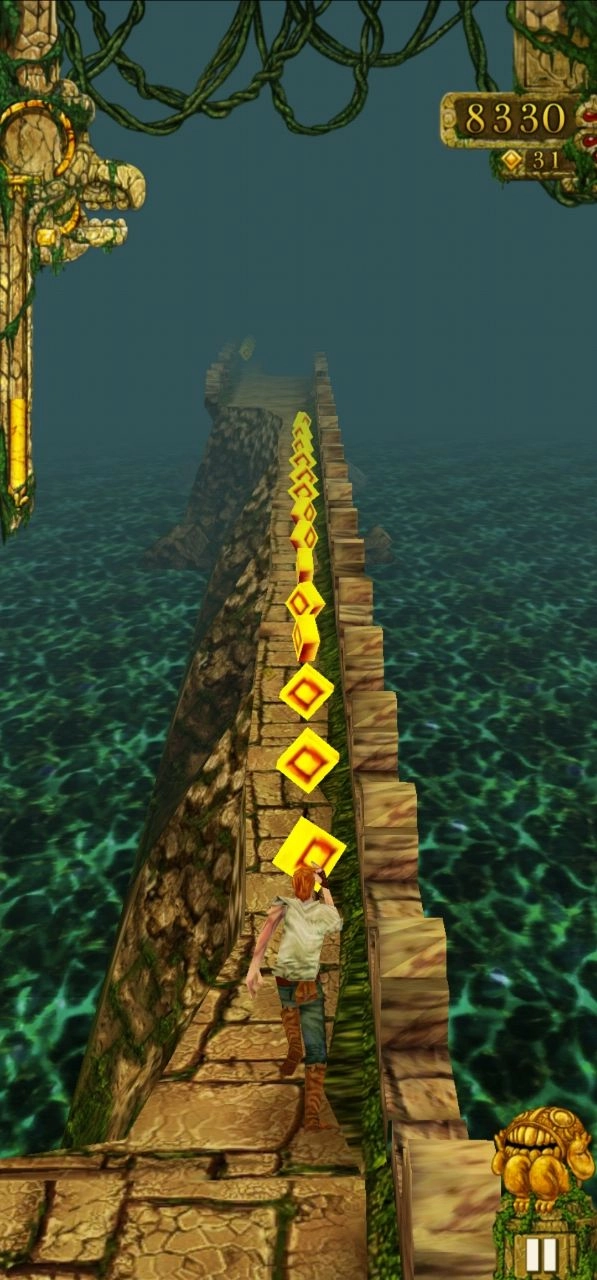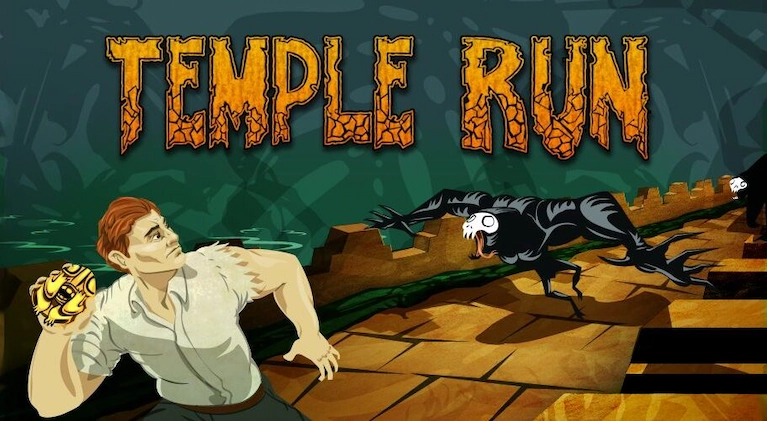One of the first things you notice when you play mobile games is how far they’ve come in just a few years. Back in the early 2010s, mobile gaming was just getting started. But thanks to high-quality and creative titles like Clash of Clans, Angry Birds, and Subway Surfers, the industry grew rapidly.
These days, mobile IPs aren’t just simple time-killers. They now rival console games in quality and gameplay. Even so, there’s still something magical about going back to the roots and reliving the early days of mobile gaming. And Temple Run is a perfect example of that nostalgic feeling.
Temple Run: The Game That Started a Genre
Temple Run, alongside Subway Surfers, was one of the earliest arcade-runner games that became a global success. It was developed by Imangi Studios, a small independent game team. The first version of the game was released in 2011 for iOS and later made its way to Android in 2012. Due to its growing popularity, a Windows Phone version was also launched in 2013.
The original game was a massive commercial success, reaching a Metacritic score of 80 and encouraging Imangi to release a sequel just two years later.
Inspirations: Tomb Raider and Indiana Jones
The creators didn’t just make a random runner game. They were clearly inspired by iconic adventure franchises like Tomb Raider and Indiana Jones. Temple Run features an ancient temple, a brave explorer, and lots of booby traps—all common themes in these legendary stories. The visuals and atmosphere help create a vivid world, even if the game lacks a formal plot.
Disney Collaborations That Expanded the Temple Run Universe
The success of the game opened doors for collaborations with Disney, leading to themed spinoffs like Temple Run: Brave and Temple Run: Oz. These versions blended Disney and Pixar’s charm with the core Temple Run gameplay, attracting even more fans and extending the game’s lifespan in creative ways.
Why Temple Run Doesn’t Need a Deep Story
Most arcade-runner games don’t offer much in terms of narrative, and Temple Run is no exception. If you enjoy story-driven games, this might not be for you. The game doesn’t try to explain much—it throws you into the action. That said, a light story or some character backstory could have added extra motivation to keep running. But in its original version, Temple Run keeps things simple.
Smooth, Addictive Gameplay That Stands the Test of Time
While Temple Run is similar to other runner games, it feels more classic and refined. Its controls are smooth, and the pacing is just right, making it more enjoyable than many of its modern rivals—especially Subway Surfers.
Over the years, Imangi Studios has kept the game alive through updates. These not only fixed bugs and improved performance but also introduced new mechanics that brought fresh energy into the familiar world.
A Completely Offline Experience
One major advantage of Temple Run is that it’s a completely offline mobile game. You don’t need an internet connection to play. Whether you’re on a train, a plane, or just avoiding distractions, you can jump into the game anytime without worrying about lag or data usage.
The Goal is Simple: Just Keep Running
The game kicks off with your explorer entering a mysterious buried temple. Little does he know, the temple is guarded by ancient forces. The second you grab the idol, the guardians begin chasing you. From that moment, it’s a run for your life.
But escaping won’t be easy—the path is filled with traps, collapsing bridges, flames, and obstacles that challenge your timing and reflexes.
Collect Coins and Upgrade Your Gear
Throughout the game, you collect coins scattered along the path. These coins let you buy useful items, which fall into two categories:
- Upgrades: You can improve things like your running speed, shield duration, or coin magnet power.
- Cosmetics: You can unlock new skins for your character and make your runs more fun and stylish.
This progression system keeps players coming back to improve their character and chase higher scores.
Graphics and Audio: Retro But Still Fun
Don’t forget—Temple Run is an indie game from 2011. So don’t expect ultra-HD textures or cinematic cutscenes. Instead, the game offers a classic visual style with colorful environments, solid animations, and retro vibes.
The visual effects, background music, and sound design all match the game’s adventurous tone. And despite its age, Temple Run still manages to create a world that feels alive and engaging.
Why Temple Run Is Still Worth Playing in 2025

In a time when mobile games are overloaded with ads, pay-to-win mechanics, and heavy online requirements, Temple Run feels like a breath of fresh air. It’s:
- Fast and smooth
- Offline and distraction-free
- Simple, yet rewarding
- Nostalgic and satisfying
It may not be the flashiest game on the app store today, but for those looking to enjoy a pure arcade experience, Temple Run still delivers.
Final Thoughts
Temple Run isn’t just a mobile game from the past—it’s a piece of gaming history. It helped shape the runner genre and introduced millions of players to mobile gaming. In 2025, it’s still a fun, relaxing, and challenging game worth revisiting. Whether you’re chasing a high score or just reliving your childhood, Temple Run has a place on your phone.
